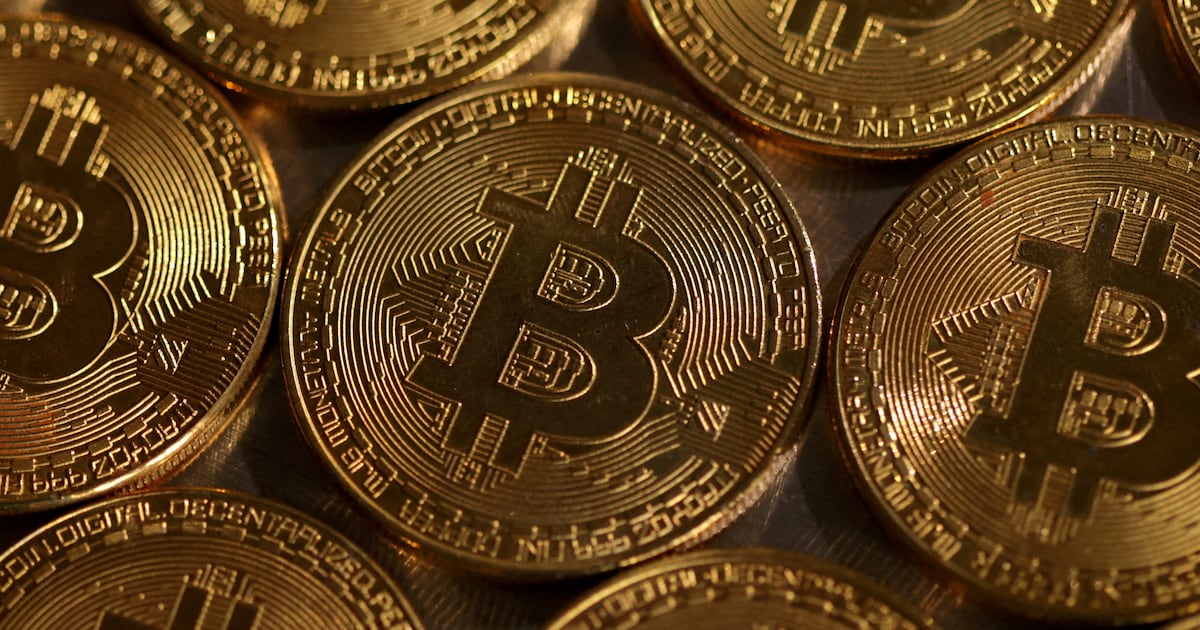Investors in the UAE realised capital gains worth $204 million from their cryptocurrency investments last year, according to a new report by blockchain data company Chainalysis.
The global cryptocurrency investor community achieved total gains worth $37.6 billion in 2023, it said.
While this is much smaller than the $159.7 billion in gains made during the 2021 bull market, it represents a significant recovery from 2022, which recorded estimated losses of $127.1 billion, the report found.
With the crypto community in Saudi Arabia cashing out gains of $351 million, the UAE placed second in the GCC in terms of absolute gains realised by investors, Chainalysis said.
None of the other GCC countries ranked among the company’s list of top 50 countries globally.
Bitcoin was identified as the cryptocurrency of choice for UAE investors. This asset class accounted for 70 per cent of total gains made by UAE investors last year.
Ethereum was the second most popular cryptocurrency for UAE investors, delivering 24 per cent of the gains that the country’s investors realised.
XRP, the native token of the Ripple network, which placed third accounted for only 3 per cent of the gains on UAE investors’ deposits through 2023.
“The outsize popularity of Bitcoin and Ethereum indicates a level of maturity among UAE investors,” said Kim Grauer, director of research at Chainalysis.
“The community is clearly backing well-established digital assets with steady and proven performance, rather than backing more speculative cryptocurrencies. This isn’t surprising given that we have also observed that institutional investments by and large account for the greatest proportion of crypto transactions in the UAE.”
Bitcoin, the world’s largest cryptocurrency by market capitalisation, surged past $72,100 to reach a record high on March 11, driven by the UK’s financial services regulator opening the door to applications for crypto asset-backed exchange-traded notes (cETNs) to trade on the London Stock Exchange.
On March 5, Bitcoin hit $69,202, eclipsing its record of $68,991.85 set in November 2021.
The cryptocurrency was trading at $69,080.64 at 1.18pm UAE time on Saturday.
The recent cryptocurrency bull run has been fuelled by strong demand for US-listed spot Bitcoin ETFs, which the US Securities and Exchange Commission approved in January.
The approval marked a pivotal moment for the cryptocurrency sector, clearing the way for a regulated path for institutional and retail investor participation in the cryptocurrency asset class – and signalling the end of the sector’s “Wild West” era.
The SEC approved 11 spot Bitcoin ETFs offered by major asset management companies including BlackRock, VanEck, Fidelity, Franklin Templeton and Cathie Wood’s ARC.
The expected Bitcoin halving next month, when the amount paid to miners is slashed in a programmed move every four years to reduce supply and maintain its scarcity value, is adding to the current rally.
“Over 90 per cent of Bitcoin’s total capped supply is already in circulation, and with the imminent halving, the daily addition of new Bitcoins will again halve,” said Matt Carstens, director of product experience at neo-broker amana.
“With markets already front-running and institutional money flooding in, coupled with the uncertainty of global debt, this halving promises to redefine crypto’s trajectory, albeit with potential sharp corrections along the way.”
Meanwhile, the Chainalysis report showed that cryptocurrency investors in India, the Philippines, Pakistan and Bangladesh collectively realised gains of $2.07 billion, placing sixth, 20th, 25th, and 49th respectively on the global top 50 list.
“While past performance shouldn’t be taken as indication of potential future outcomes, the outlook is encouraging,” Ms Grauer said.
“So far, the positive trends of 2023 have carried over into 2024, with notable crypto assets like Bitcoin achieving all-time highs in the wake of Bitcoin ETF approvals and increased institutional adoption.
“If these trends continue, we may see gains more in line with those we saw in 2021.”
Updated: March 16, 2024, 9:44 AM

